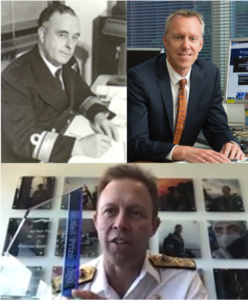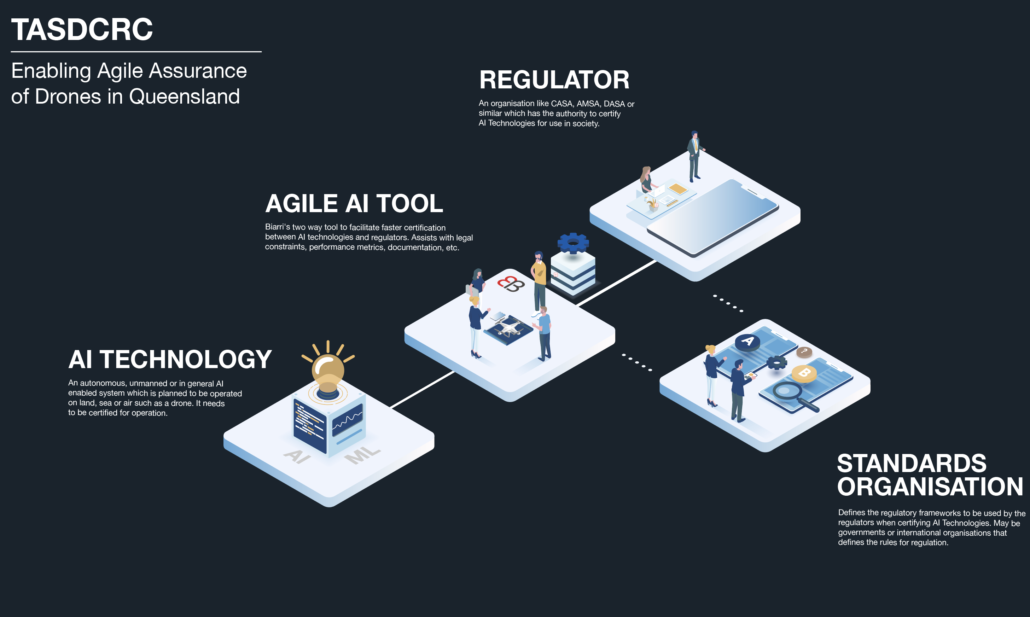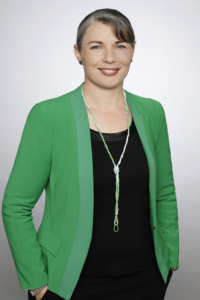HAPS Challenge Announced
INNOVATION CHALLENGE SEEKS IDEAS FOR DEVELOPING PSEUDO-SATELLITES LOCALLY
‘The High Altitude Pseudo Satellites (HAPS) Challenge is seeking Australian Industry and research interest in developing novel ideas and solutions to a capability gap. It aims to energise Australian development of key technologies and to support development of Australian HAPS that have the station-keeping capability and endurance capacity needed for deployment over an area of operations for a period of days to weeks and beyond’.
______________
High altitude platforms, or pseudo-satellites (HAPS), are uncrewed vehicles that take advantage of weak stratospheric winds and solar energy to operate without interfering with current commercial aviation. This provides the endurance required to provide long-term services to terrestrial users, much as satellites do. Target applications for HAPS include communications, Earth observation, positioning-navigation and science with potential for more applications in other disciplines.
HAPS represent a unique opportunity, if appropriately deployed and controlled, to provide persistent, comparatively low-cost intelligence, surveillance, and reconnaissance (ISR) and communications services across a wide operational area for Defence and National Security. The development of a sovereign Australian HAPS solution could provide Defence a secure capability supply chain to service tactical, operational and strategic command, control, communications, intelligence, surveillance and reconnaissance (C3ISR) requirements and boost Australian exports.
Several challenges must be overcome to effectively exploit high altitude pseudo satellites, the purpose of the HAPS challenge to address this technology gap by supporting development of this technology by Australian companies. Defence (through the RAAF Plan Jericho and the Air Warfare Centre, Defence Artificial Intelligence (DAI), Trusted Autonomous Systems and RMIT (Sir Lawrence Wackett Defence and Aerospace Centre) are seeking industry and research interest from Australian companies in novel ideas and solutions.
Air Warfare Centre, Integration and Innovation Director Group Captain Tobyn Bearman said Air Force is supporting the Australian efforts to prototype capable and affordable sovereign High Altitude Pseudo Satellite technologies.
“Work in this area seeks to enhance the quality and resilience of our high altitude capabilities by identifying creative solutions to difficult problems and pushing the boundaries of engineering knowledge,” he said.
“This challenge is an exciting way to contribute to Australia’s security and defence in new ways”.
More information on how to become involved in this exciting opportunity is available at https://www.rmit.edu.au/defence-aerospace/haps-challenge
Trusted Autonomous Systems receive funding from the Australian Government through the Next Generation Technologies Fund (NGTF) and the Queensland Government Advance Queensland Initiative.
SmartSat CRC is supported by the Australian Government CRC Program and the Department of Defence Next Generation Technologies Fund.
Contact for Enquiries: HAPS.Challenge@tasdcrc.com.au







